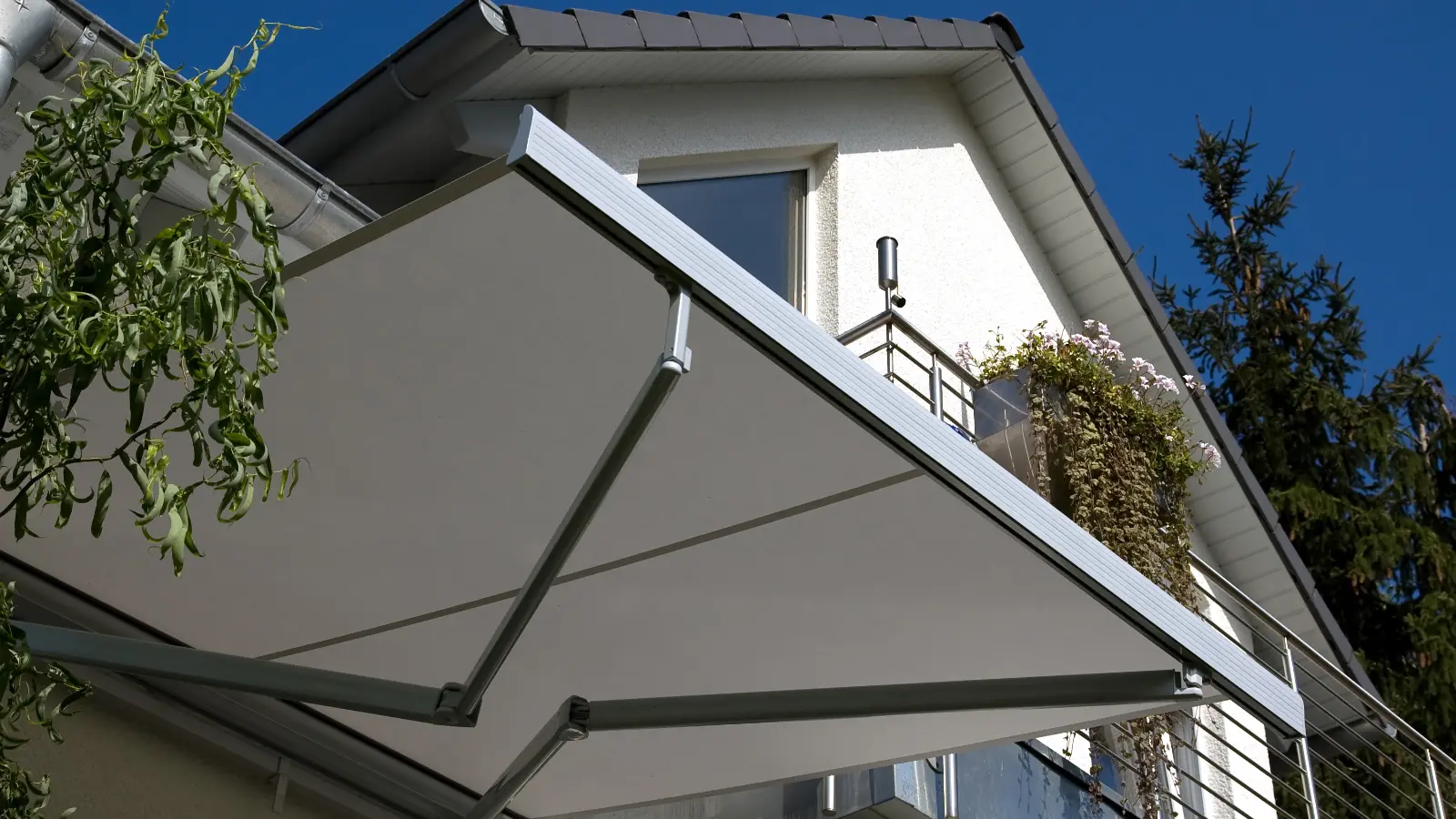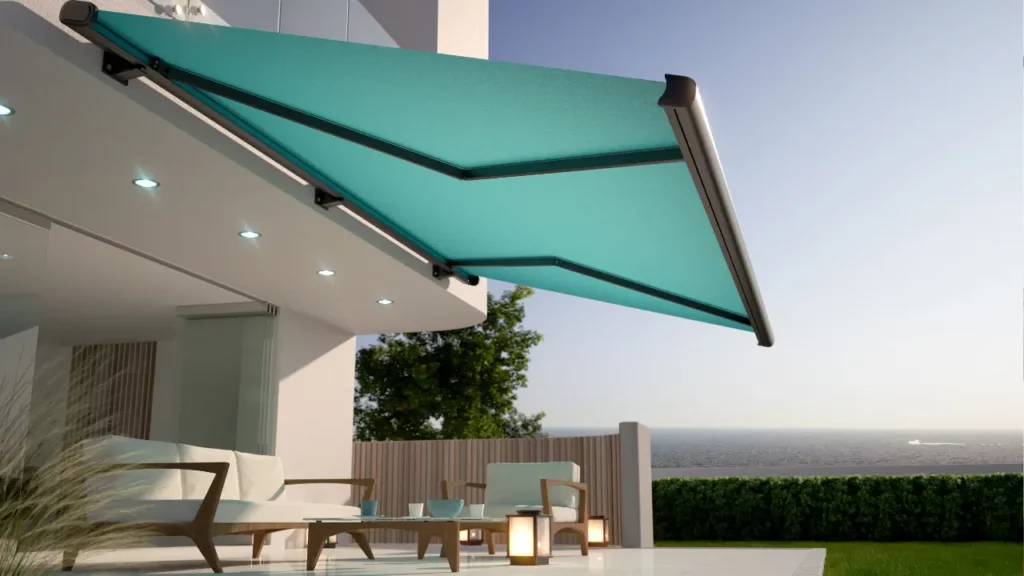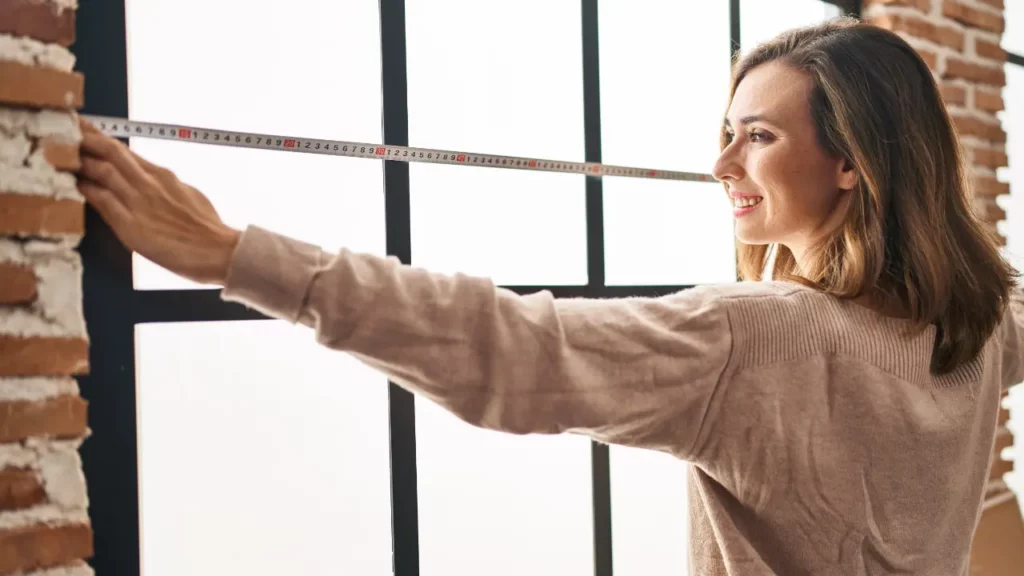Shading the Past, Present & Future: Why Awnings Never Go Out of Style

Awnings possess a timeless elegance that transcends passing design trends. Their myriad styles, colors, and materials can enrich any architectural aesthetic, from traditional to contemporary. They blend form and function effortlessly, providing weather protection and shade while enhancing a property’s exterior.
Furthermore, technological advancements in the awning industry, such as motorization, have allowed for greater versatility and durability. Yet, despite these innovations, the classic charm of awnings remains undiminished, and they continue to hold sway, always staying in style.
Versatility in Homes & Businesses
Awnings can be used in various locations around homes or businesses to maximize their benefits. Here are some potential application areas:
- Windows: Awnings serve as a sunblock, reducing heat during summer months.
- Patios and Decks: They provide a shaded area for relaxation or outdoor dining, extending the usable outdoor space.
- Entrances and Doorways: Awnings protect against rain or snow, providing a dry place for fumbling with keys or shaking off umbrellas.
- Walkways: In commercial settings, they shield patrons moving between buildings from harsh weather conditions.
- Outdoor Business Areas: Restaurants and cafes often use awnings to create comfortable, shaded eating areas.
- Balconies: Awnings offer additional privacy and protect the balcony from the sun.
Choosing the Right Awnings
When choosing awnings, it’s important to consider the architectural style of the building as well as your taste and preferences.
Many materials are available, each providing different benefits and suiting various needs for homes and businesses. Here are some common materials used in awnings and how someone might utilize them:
- Canvas: This is a traditional material for awnings, known for its excellent durability and versatility in design. Canvas awnings can be dyed or painted in virtually any color or pattern, making them perfect for enhancing curb appeal. They are often used in patio, deck, and window awnings.
- Vinyl: Vinyl awnings are water-resistant and easy to clean, ideal for areas exposed to rain or snow, such as entrances and walkways. They also resist fading from the sun, keeping them looking vibrant for extended periods.
- Metal: Metal awnings, such as aluminum, are sturdy and durable. They can withstand harsh weather conditions, making them suitable for commercial settings or areas with high wind speeds. Metal awnings are often used to cover windows, doorways, and outdoor business areas.
- Polyester: Polyester awnings are lightweight and resistant to water, UV radiation, and mildew. These properties make them an excellent choice for balconies and other outdoor areas exposed to the elements.
- Acrylic: This material is similar to polyester but is more suitable for areas with a lot of sunlight. Acrylic awnings are breathable, which allows heat to escape, keeping the covered area cooler. They are perfect for outdoor seating areas, patios, and decks.
Remember, the suitable material for your awning depends on your property’s specific needs and conditions.
Conclusion
Awnings are a great way to add style and function to your property. They have a timeless appeal and are versatile in their application, enhance a property’s exterior, increase its curb appeal, and add value to your investment. Whether for home or commercial use, awnings are an enduring and elegant addition that always remains in style.
At Aero Shade, we have provided the highest quality awnings to the Los Angeles area for over 50 years. Our team of experts can help you choose the perfect awning for your home or business, providing professional installation and exceptional customer service. Contact us today to learn more and start enjoying all the benefits of awnings.


